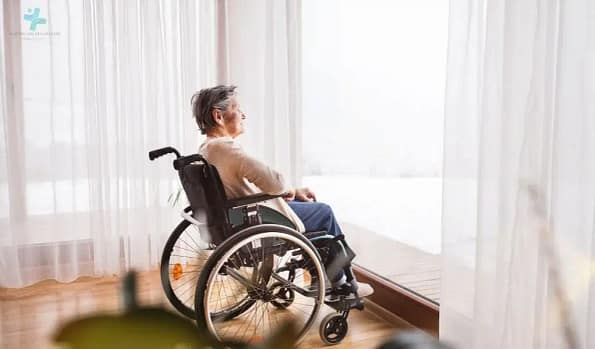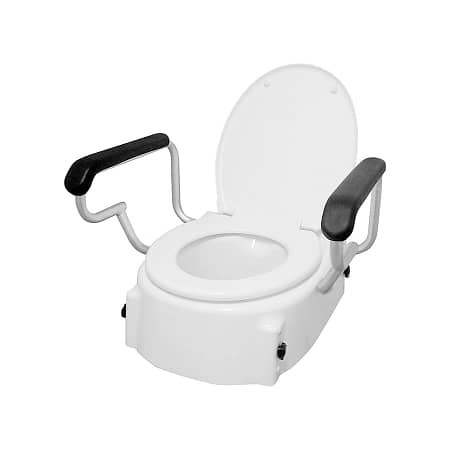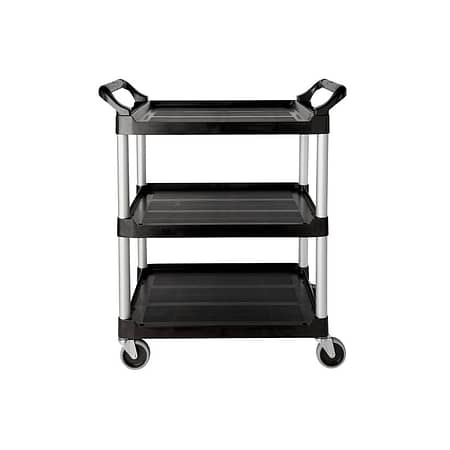Can a mobility equipment be equipped with specialized accessories or adaptations to address the unique needs of patients with complex medical conditions?
Understanding Specialized Mobility Equipment
Types of Mobility Equipment
Mobility equipment encompasses a range of devices designed to aid those with mobility challenges. Key types include:
- Wheelchairs: Both manual and electric variants offer mobility solutions tailored to individual needs, with options ranging from basic models to advanced designs featuring custom controls and seating.
- Mobility Scooters: For those who can travel longer distances but struggle with walking, mobility scooters provide an efficient and comfortable way to maintain independence.
- Walking Frames and Rollators: These assistive devices lend support for walking, offering stability and confidence to users with varying degrees of mobility limitations.
The Role of Mobility Equipment in Enhancing Quality of Life
The impact of mobility equipment on enhancing the quality of life for individuals with complex medical conditions cannot be overstated. Key benefits include:
- Independence and Mobility: Mobility aids empower users to move around more freely, reducing reliance on caregivers and improving self-sufficiency.
- Safety and Comfort: Designed with the user’s safety and comfort in mind, these devices minimize the risk of falls and injuries, while ensuring comfort during use.
- Social Participation: By facilitating easier access to outdoor activities and social events, mobility equipment helps users maintain an active and engaging social life, contributing to their overall well-being.
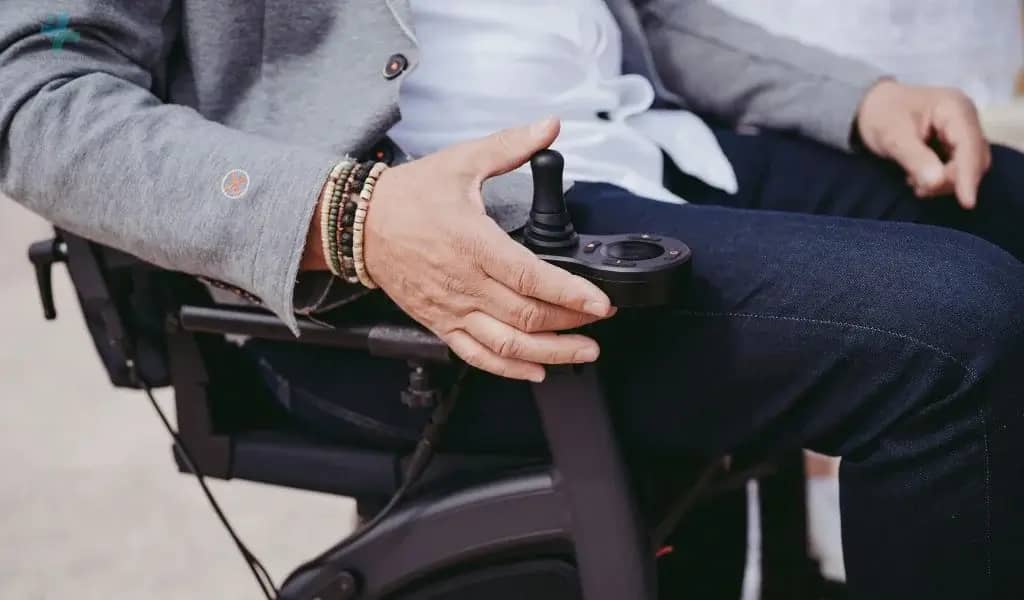
Specialized Accessories and Adaptations
Custom seating and positioning systems, advanced control systems for wheelchairs, and environmental control accessories are critical in creating personalized mobility solutions. These adaptations improve comfort, increase autonomy, and ensure users can navigate their environment with ease.
Custom Seating and Positioning Systems
Incorporating pressure relief cushions and contoured back supports into mobility devices helps prevent pressure sores and maintains the user’s posture. These systems are crucial for those who spend extended periods in their mobility aids, providing both comfort and necessary support.
Advanced Control Systems for Wheelchairs
Technological advancements have led to the development of joystick modifications, touchscreen controls, and head and eye control systems. These allow users with varying degrees of mobility to operate their wheelchairs independently, offering freedom to move and interact with their surroundings.
Environmental Control Accessories
Voice-activated systems and smartphone integration enable users to control their environment without physical interaction. From adjusting lights to accessing communication devices, these accessories empower users with severe mobility limitations to maintain control over their environment.
Choosing the Right Accessories and Equipment
Assessment and Customisation Process
To ensure that mobility equipment perfectly fits the user’s needs, a thorough assessment and customisation process is key. This involves:
- Working with Healthcare Professionals: Engaging with a team of healthcare providers, including occupational therapists and physiotherapists, ensures that the equipment selected will meet the specific medical and mobility needs of the user.
- Importance of Personalised Assessments: A personalised assessment evaluates the user’s physical capabilities, environment, and daily activities. This ensures that the equipment not only aids mobility but also enhances the user’s overall quality of life.
Maintenance and Upkeep of Specialized Equipment
Owning specialized mobility equipment involves commitment to regular maintenance and timely updates, which include:
- Regular Maintenance Checks: Scheduled checks are essential to ensure that the equipment is in optimal working condition. This includes checking for wear and tear, ensuring batteries are charged and functioning properly, and that all moving parts are well lubricated and free from obstruction.
- Updating and Upgrading Accessories: Technological advancements and changes in the user’s condition may necessitate updates or upgrades to the equipment or its accessories. Staying informed about new advancements and reassessing the user’s needs regularly can lead to significant improvements in the equipment’s functionality and the user’s independence.
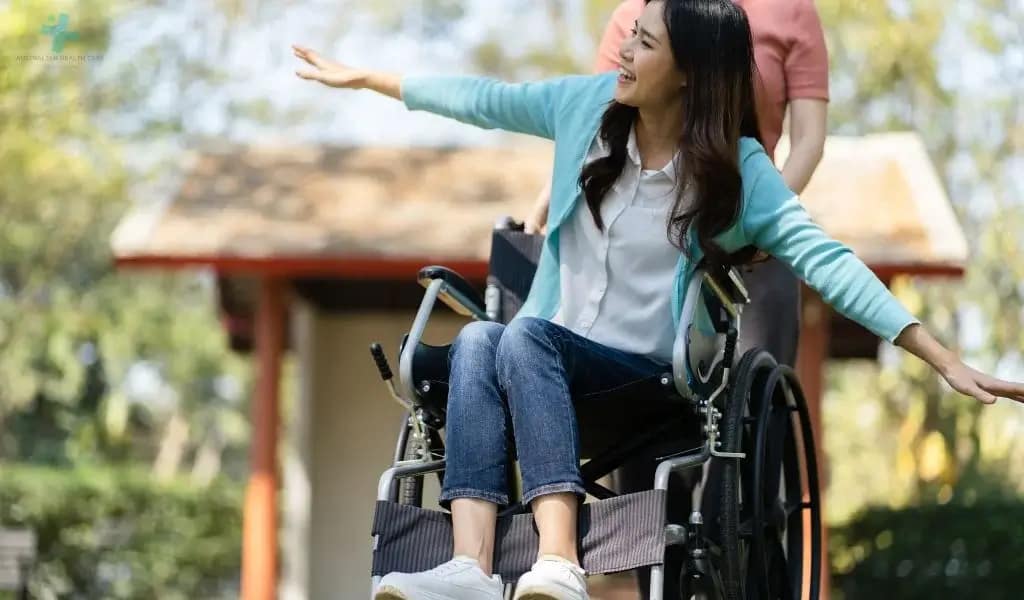
Conclusion
Navigating the world of specialized mobility equipment and accessories is essential for enhancing the quality of life for individuals with complex medical conditions. By embracing tailored solutions, such as custom seating and positioning systems, advanced control systems, and environmental control accessories, users can achieve improved mobility, comfort, and independence. Engaging with healthcare professionals for personalized assessments ensures that the equipment and accessories meet the unique needs of each individual. Regular maintenance and being open to updates or upgrades further ensure that these mobility aids continue to provide optimal support. Ultimately, consulting with professionals and investing in specialized adaptations are pivotal steps towards achieving greater autonomy and a better quality of life for those facing mobility challenges.

